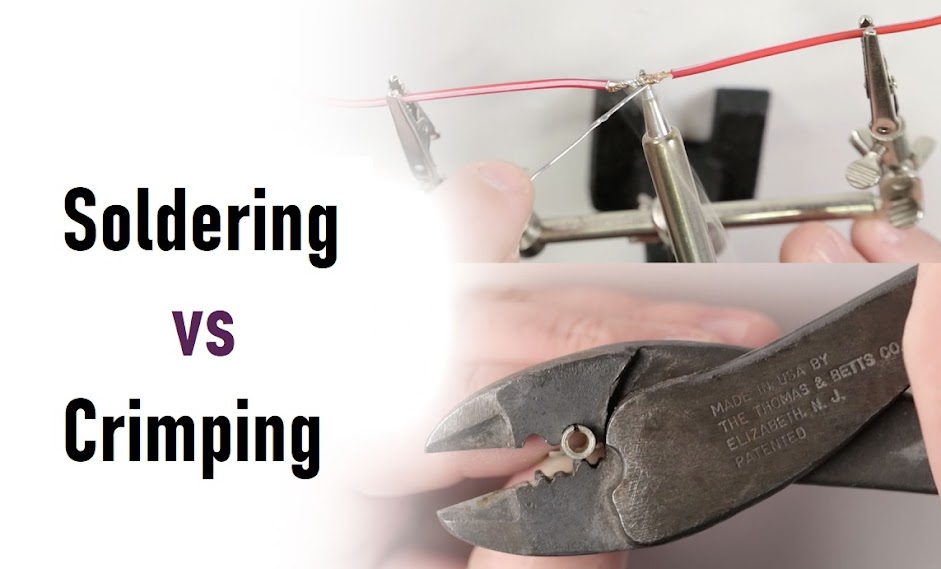Soldering and crimping are both good cable connectors. Should I crimp or solder when repairing my electrical connections? What is the difference between soldering and crimping? And which one is better for micro cable connections. Let's get the answer!
Soldering vs Crimping: Which One is the Best for Electrical Connections
Many people find the difference that cables make surprising. They’re all around us, facilitating services that we take for granted, such as television, mobile internet and even basic electricity. Unfortunately, we only realise their importance when disasters strike key cables, leaving long waits until full service returns.
However, we really should care more about power cables. Good transmission is key for fighting climate change and improving the economy. Yet even on a smaller scale, proper cabling helps keep costs down and allows you to enjoy your facilities around the home.
When it comes to connecting cables, there’s more than one way to get the job done. Namely, you can use soldering or crimping. But even though both methods allow you to create high-performing and durable connections, they have their differences.
It’s worth understanding these differences, as well as the advantages and disadvantages that come with them. Keep reading to find out what they are.
What is Crimping?
Crimping means using special tools called crimpers that install connectors onto the ends of cables. Simply place the connecter and the exposed wire into the tool, squeeze the tool’s handle, and your connection will be complete.
What is soldering?
Soldering means using a heated metal called solder to connect objects together. The solder is heated to a high temperature and applied to the connecter and cable at the same time. When it cools down, the two objects are fused together.
The method of soldering has existed for thousands of years and is used in various fields, including jewellery, cookware and electronics. Unlike crimping, it isn’t specific to creating cable connections.
Soldering vs Crimping: Pros and cons
Over time, solder degrades. After it breaks down beyond a certain point, the connection that it was used to create will begin to fail. Not only does this not happen with crimping, but crimping tools actually create an air-tight seal between the cable and connector. This means that moisture, dirt and debris are unable to reach the cable and degrade the connection.
Additionally, the process of crimping is far simpler than soldering. This isn’t to say that soldering is particularly difficult. But it still involves heating up the solder and carefully placing it so that it connects the connector and cable. By comparison, crimping takes far less effort. All you have to do is place the connector and cable in the tool and squeeze.
Even so, crimping has at least one key disadvantage. Crimped connections cannot be removed and re-installed. If for any reason the crimping goes wrong, you’ll need to throw away the connector and replace it with a new one.
What’s your preferred method of connecting cables and why? Let us know in the comments section!



0 Comments